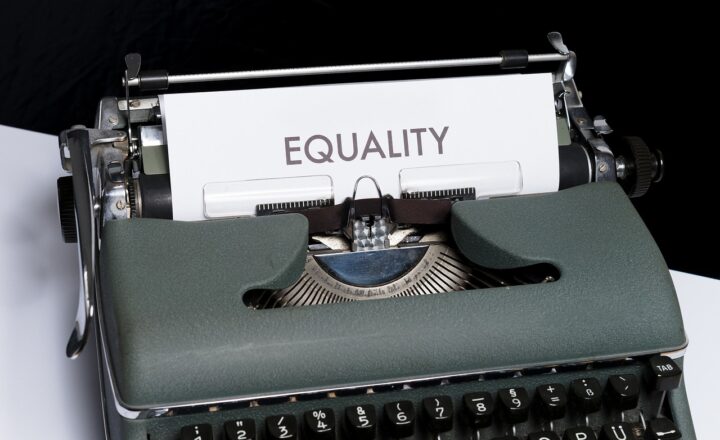
Donald Trump’s presidency from 2017 to 2021 was marked by a polarizing approach to immigration, an issue that has been central to U.S. politics for decades. His administration’s policies not only reflected a departure from previous administrations but also initiated a substantial shift in how immigration was perceived and handled in America. Throughout this article, we will explore how Trump’s immigration stance reshaped U.S. immigration policies, affected communities, and sparked debates that continue to influence political discourse today.
1. The Foundations of Trump’s Immigration Policy
Trump’s early foray into politics was largely influenced by his rhetoric on immigration, which resonated with a significant portion of the American populace concerned about immigration’s economic and social impact. During his campaign, Trump famously condemned illegal immigration, stating, “When Mexico sends its people, they’re not sending their best. They’re not sending you. They’re not sending you. They’re sending people that have lots of problems, and they’re bringing those problems with us. They’re bringing drugs. They’re bringing crime. They’re rapists.”
This inflammatory rhetoric set the tone for his immigration policies. Trump advocated for stronger border security, denouncing the Deferred Action for Childhood Arrivals (DACA) program and promising to build a wall along the southern border. His campaign and subsequent presidency marked a stratified approach aimed at curtailing both legal and illegal immigration.
2. Stricter Immigration Enforcement & Border Security
One of Trump’s most notable policies was the significant increase in border security measures. Under his administration, funds were allocated to construct portions of a wall on the U.S.-Mexico border, a campaign promise that garnered considerable media attention and public interest. The Trump administration also ramped up efforts to enforce existing immigration laws, leading to more arrests and deportations of undocumented immigrants.
According to the Department of Homeland Security, arrests of undocumented immigrants by Immigration and Customs Enforcement (ICE) surged during Trump’s presidency. The increased enforcement went hand-in-hand with a controversial zero-tolerance policy that led to family separations at the border under the guise of criminal prosecution for illegal crossings. This policy faced widespread backlash, but it exemplified the administration’s hardline approach toward migrants seeking asylum.
3. Rethinking Legal Immigration & Asylum Policies
In addition to bolstering enforcement measures at the border, Trump’s administration instituted stringent changes to legal immigration policies. The introduction of the “Merit-Based Immigration System” aimed to prioritize skilled immigrants while diminishing the likelihood of receiving asylum based on humanitarian claims. This approach affected various visa programs, particularly through the H-1B visa program critical for skilled labor in technology and health sectors.
Moreover, the administration sought to overhaul the asylum process, tightening the criteria for applicants and imposing stricter rules governing who qualifies. The Migrant Protection Protocols, often dubbed the “Remain in Mexico” policy, required asylum seekers to wait in Mexico while their claims were processed, significantly impacting asylum-seeking populations fleeing violence and persecution.
4. Administrative Changes & Judicial Battles
Trump’s immigration policies faced numerous legal challenges. Several executive orders were challenged in courts, leading to a complicated landscape where policies were frequently blocked or upheld. Notably, attempts to rescind DACA were met with pushback, resulting in legal battles that highlighted the contentious nature of Trump’s immigration stance.
The ending of DACA has had lasting repercussions, as many Dreamers remain uncertain about their status and future in the U.S. The administrative changes implemented during this period have carved a new path in immigration policy, leading to confusion and fear within immigrant communities.
5. The Aftermath and Legacy of Trump’s Policies
As Trump left office in January 2021, the immigration policies enacted during his term had indelibly reshaped the landscape of U.S. immigration. His aggressive approach towards illegal immigration, emphasis on national security, and focus on legal immigration reform set a narrative that continued to influence subsequent policies.
Biden’s administration sought to reverse many of Trump’s policies, leading to an ongoing national debate over immigration reform. The issues raised by the Trump presidency haven’t vanished; instead, they’ve evolved into a broader conversation about how America will approach immigration in the future.
Public sentiment surrounding immigration concluded that although Trump’s policies were divisive, they addressed a latent anxiety among many Americans about national security and economic competition. The societal shifts prompted by his presidency continue to be felt today, transcending party lines and targeting key demographics.
Conclusion: A New Chapter in Immigration Policy
Donald Trump’s presidency not only reshaped policies around immigration but also transformed the way many Americans perceive immigrants and immigration as a whole. His stance fundamentally altered the U.S. immigration system, triggering wide-ranging debates that will have implications for years to come. As a nation still grappling with its values and identity, the conversation surrounding immigration remains crucial to understanding America’s future, as well as to the lives of millions who call the U.S. home. The ongoing efforts for comprehensive immigration reform will continue to be a focal point in American politics, influenced heavily by the whirlwind of Trump’s policies and the reactions they spawned.







